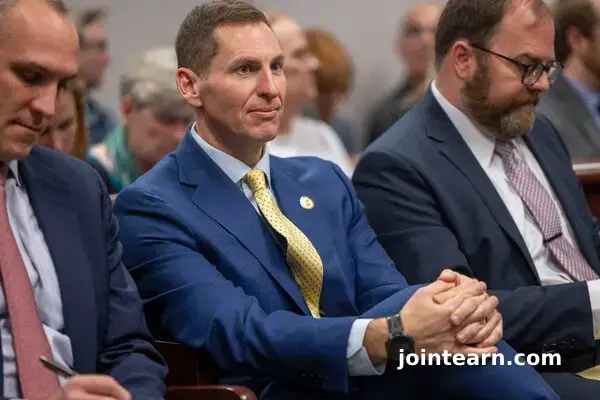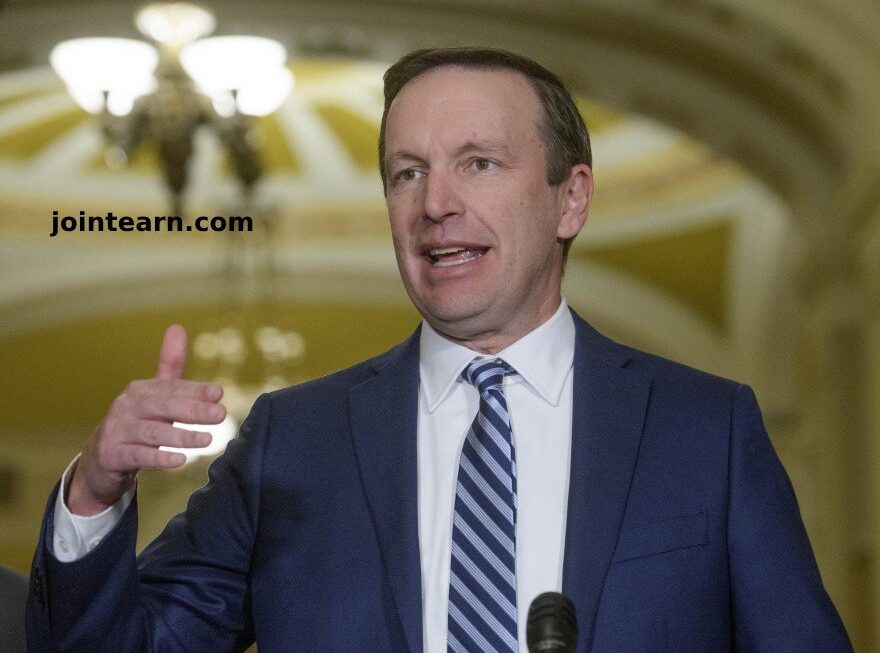President Donald Trump’s sweeping layoffs of federal employees are well underway, with tens of thousands already dismissed and more expected in the coming weeks. The reduction in workforce—part of a broader effort to reshape the federal government—follows months of planning and executive actions aimed at cutting down the size of the civil service.
Key Developments in Trump’s Federal Workforce Overhaul
January 20: Trump Signs Executive Order Changing Job Classifications
On his first day back in office, President Trump reinstated Schedule F, a classification that strips career civil servants of job protections by making them at-will employees. This move makes it easier to dismiss workers based on performance or political considerations.
Additionally, Trump froze hiring for all executive branch civilian positions, barring agencies from filling vacant roles or creating new positions unless deemed essential.
January 28: Buyout Offers Sent to Federal Employees
The administration offered voluntary buyouts to nearly 2.3 million federal employees, promising eight months of pay and benefits for those who resigned by February 6. The initiative saw lower-than-expected participation, setting the stage for mass layoffs.
February 4: USAID Employees Placed on Administrative Leave
Approximately 10,000 employees at the United States Agency for International Development (USAID) were put on leave, signaling the administration’s intention to shut down the agency entirely.
February 5: Government Warns of Potential Furloughs
Federal workers received an email warning that failure to accept buyouts could lead to furloughs or termination. Some employees were also informed that they would be subjected to loyalty assessments.
February 6: Federal Judge Temporarily Blocks Buyout Deadline
A judge in Boston halted the administration’s buyout deadline, allowing unions to challenge the legality of the plan. Despite this, the administration pressed ahead with workforce reduction strategies.
February 7-10: Trump Fires Federal Workforce Oversight Officials
Trump dismissed key officials responsible for overseeing federal employment practices, including:
- Hampton Dellinger, head of the Office of Special Counsel, who had the power to investigate wrongful terminations.
- Cathy Harris, chair of the Merit Systems Protection Board, which adjudicates employment disputes.
- Susan Grundmann, head of the Federal Labor Relations Authority, which handles labor union complaints.
These firings effectively weakened federal employees’ ability to challenge terminations.
February 11: Trump Orders Large-Scale Layoffs
A new executive order mandated government-wide reductions in force, restricting agencies to hiring only one new employee for every four who leave. This order also set new conduct standards for federal employees, including citizenship verification and timely tax filings.
February 12-13: Thousands of Probationary Employees Laid Off
Probationary employees—those in their first year or two of service—were the first to be dismissed en masse, with firings spanning across multiple agencies including the Department of Veterans Affairs, IRS, National Park Service, and Department of Education.
February 20: Unions Sue Over Probationary Employee Firings
Federal employee unions filed lawsuits alleging that the administration’s mass dismissals were illegal, arguing that terminations were falsely labeled as performance-related and were politically motivated.
February 22: Musk’s ‘Five Things’ Directive Stirs Controversy
Trump’s advisor Elon Musk issued an order requiring all federal employees to list five accomplishments each week or risk being considered for dismissal. The move sparked confusion and pushback from workers and agencies alike.
February 24-27: Legal Challenges and Temporary Reinstatements
The Office of Special Counsel ruled that mass probationary firings violated federal law, leading the Merit Systems Protection Board to reinstate six affected employees. Separately, a California judge issued an injunction temporarily blocking additional firings.
March 5-6: Firings Left to Agency Discretion, Special Counsel Dismissed
Following the legal setbacks, the administration clarified that individual agencies would have discretion over terminating probationary employees. Meanwhile, a federal appeals court ruled that Trump had the authority to fire Hampton Dellinger, effectively removing a key safeguard against wrongful terminations.
What’s Next?
The Trump administration continues its aggressive push to downsize the federal workforce, with additional agency restructuring deadlines set for mid-March. The full extent of the impact remains uncertain, as legal battles continue and agencies scramble to comply with new workforce reduction mandates.












